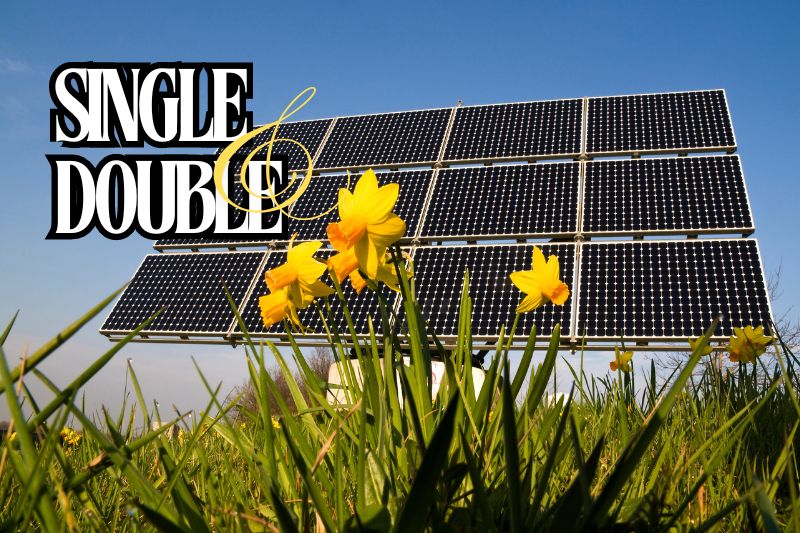Choosing between single glass and double glass solar modules can significantly impact the performance, durability, and cost-effectiveness of your solar energy system depending on your paritcular situation.
But do they perform differently?
Weight and Installation
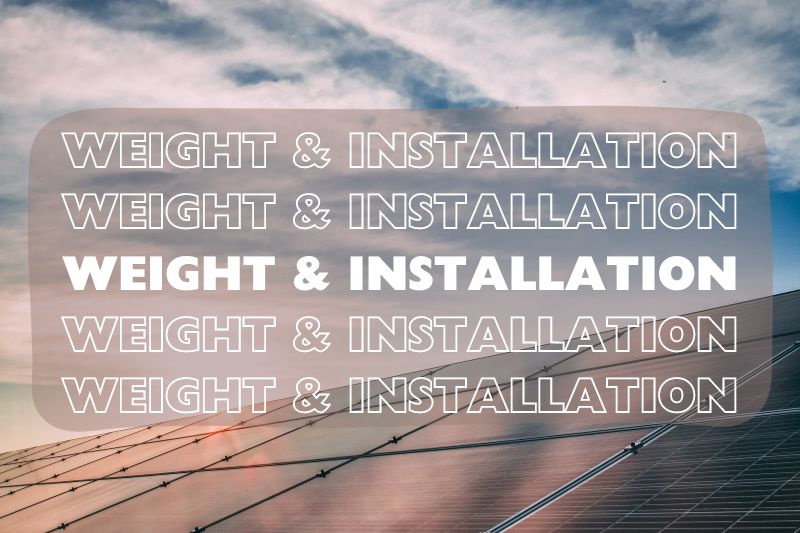
Single glass modules are lighter than other single, making them easier to handle and install. Their reduced weight can lower transportation costs and ease the installation process, particularly on rooftops where weight constraints are a concern.
- Weight: Single glass modules are lighter, typically weighing between 18-25 kg per panel. The reduced weight makes handling, transportation, and installation easier and more cost-effective.
- Installation: Their lighter weight is particularly advantageous for rooftop installations, especially on older or less robust structures where weight constraints are critical. The reduced weight also minimizes the need for additional structural reinforcement, which can further lower installation costs.
Double glass modules are on the heavier due to the additional glass layer. This added weight can make them more challenging to transport and install, potentially increasing labor costs. Their robustness can be advantageous in specific applications where durability is paramount.
- Weight: Double glass modules are heavier, generally weighing between 25-30 kg per panel due to the additional glass layer. This added weight can pose challenges in handling, transportation, and installation.
- Installation: The increased weight can lead to higher labor costs and the potential need for specialized equipment during installation. In ground-mounted or large commercial installations, where structural integrity is less of an issue, the added weight may not be a significant drawback.
Aesthetics
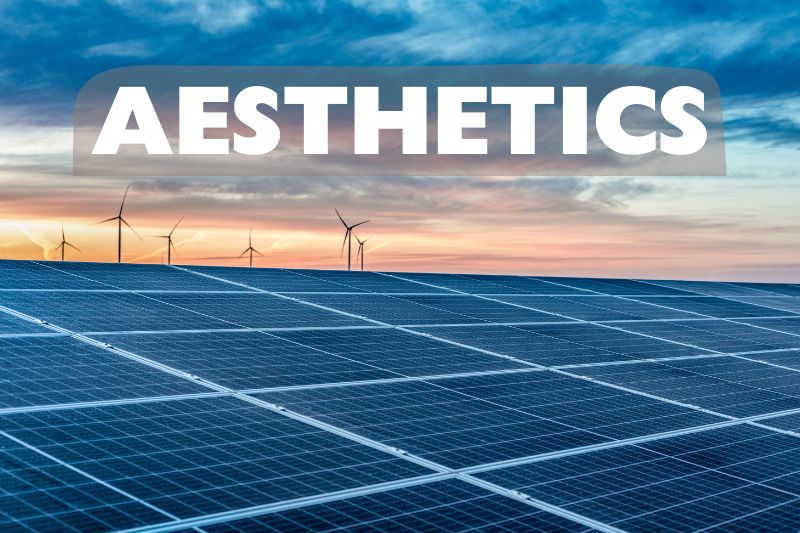
The Single glass modules often have a sleek, modern appearance, which can be more appealing for residential installations. Their uniform look can blend seamlessly with different roofing materials.
- Appearance: these modules often have a sleek and modern look, which can be more appealing for residential installations. Their uniform, low-profile design can blend seamlessly with various roofing materials, providing a clean and integrated appearance.
- Customization: Manufacturers offer various frame colors and designs, allowing for customization to match specific aesthetic preferences and architectural styles.
Meanwhile, Double glass modules can sometimes have a more industrial look due to their added thickness. Innovations in design have led to aesthetically pleasing options that can suit both residential and commercial installations.
- Appearance: They can have a more industrial look due to their added thickness and dual glass layers. The advancements in design have led to aesthetically pleasing options that can fit both residential and commercial installations.
- Transparency Options: Some double glass modules are semi-transparent, making them suitable for applications such as building-integrated photovoltaics (BIPV), solar facades, and canopies, where aesthetics and functionality need to be balanced.
Cost
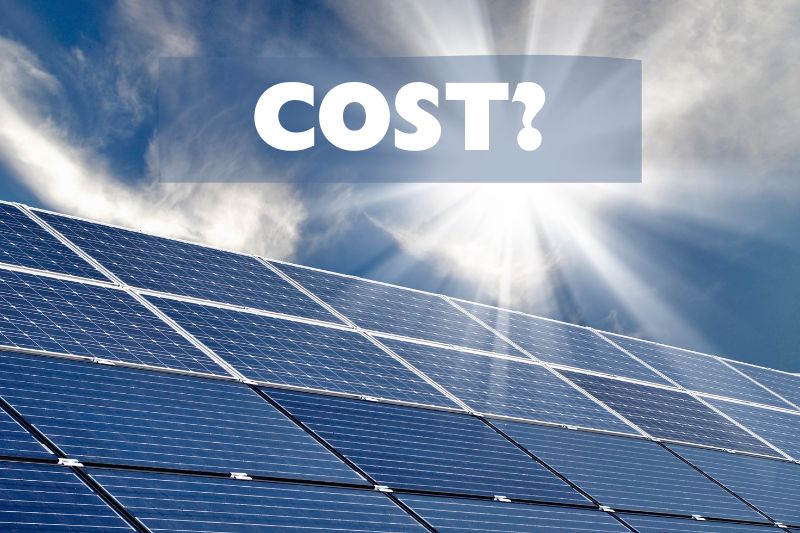
Generally, single glass modules are less expensive to produce and purchase. Their lower upfront cost makes them an attractive option for budget-conscious consumers or large-scale projects where cost savings are critical.
- Production Costs: Single glass modules are generally less expensive to produce due to simpler manufacturing processes and fewer materials required. This results in a lower upfront cost for consumers.
- Market Position: Their affordability makes them an attractive option for budget-conscious consumers, large-scale solar farms, and residential projects where initial investment is a key consideration.
Double glass modules tend to be more expensive due to the additional materials and manufacturing complexity. Their long-term benefits in terms of durability and performance can justify the higher initial investment.
- Production Costs: Double glass modules tend to be more expensive to produce due to the additional materials and manufacturing complexity. The dual glass layers increase both material costs and production time.
- Long-term Value: Despite the higher initial cost, double glass modules can offer better long-term value due to their enhanced durability and lower maintenance requirements. This can lead to reduced overall lifecycle costs and higher return on investment (ROI).
Durability
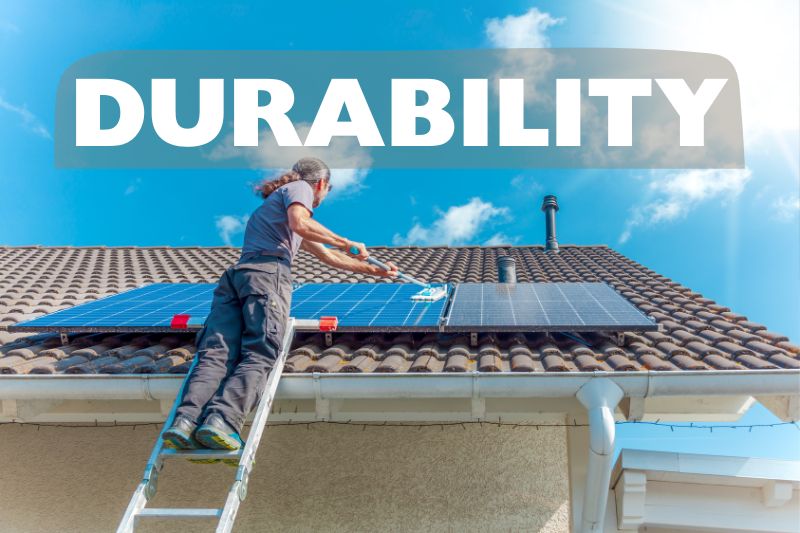
While durable, single glass modules are more susceptible to microcracks and potential damage over time, especially in harsh weather conditions. This can lead to performance degradation and shorter lifespan.
- Susceptibility to Damage: While durable, single glass modules are more susceptible to microcracks and potential damage over time, especially in harsh weather conditions such as hail, strong winds, or heavy snow. Microcracks can lead to performance degradation and a shorter lifespan.
- Protection: The single glass layer provides adequate protection in moderate climates but may require additional protective measures in more extreme environments.
Double glass modules offer superior durability. The encapsulation of cells between two glass layers provides enhanced protection against environmental stressors, such as humidity, thermal cycles, and mechanical loads, leading to a longer lifespan and consistent performance.
- Enhanced Durability: Double glass modules offer superior durability due to the encapsulation of solar cells between two glass layers. This design provides enhanced protection against environmental stressors, such as humidity, thermal cycles, and mechanical loads.
- Longevity: The robust construction reduces the likelihood of microcracks and damage, leading to a longer lifespan and consistent performance. This makes double glass modules ideal for areas with extreme weather conditions or for applications where long-term reliability is paramount.
Performance and Efficiency
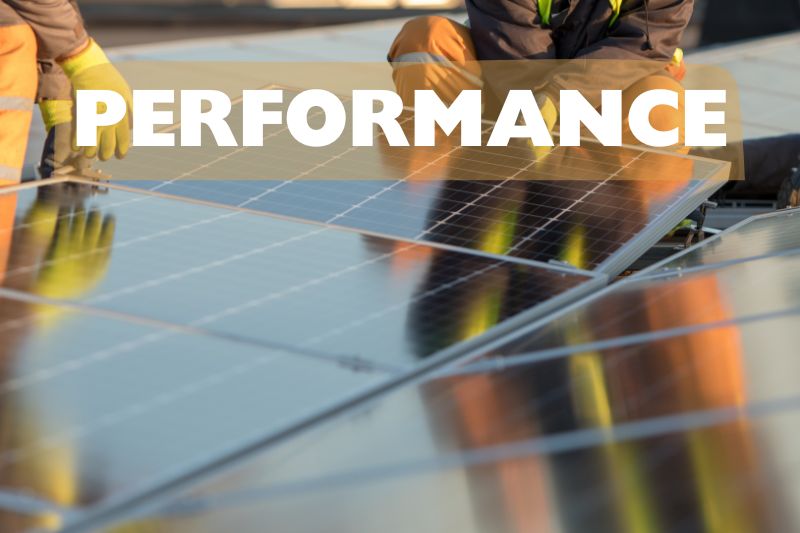
Single glass modules typically offer high efficiency and performance. They are designed to maximize sunlight absorption and energy conversion, making them effective for most applications.
- High Efficiency: The single glass modules typically offer high efficiency and performance. They are designed to maximize sunlight absorption and energy conversion, making them effective for most applications.
- Technological Advancements: Continuous advancements in cell technology, such as PERC (Passivated Emitter and Rear Cell) and half-cut cells, help maintain high efficiency levels in single glass modules.
Double glass modules can exhibit slightly lower efficiency due to the additional glass layer, which may reduce light transmission. Advancements in technology are bridging this gap, and the difference in efficiency is becoming negligible.
- Efficiency Considerations: Double glass modules can exhibit slightly lower efficiency due to the additional glass layer, which may reduce light transmission. Though, advancements in technology are bridging this gap, and the difference in efficiency is becoming negligible.
- Bifacial Capability: Many double glass modules are bifacial, capturing sunlight from both the front and rear sides. This capability allows them to harness reflected and diffused light, increasing overall energy generation, especially in environments with high albedo (reflective surfaces like snow or white rooftops).
Maintenance
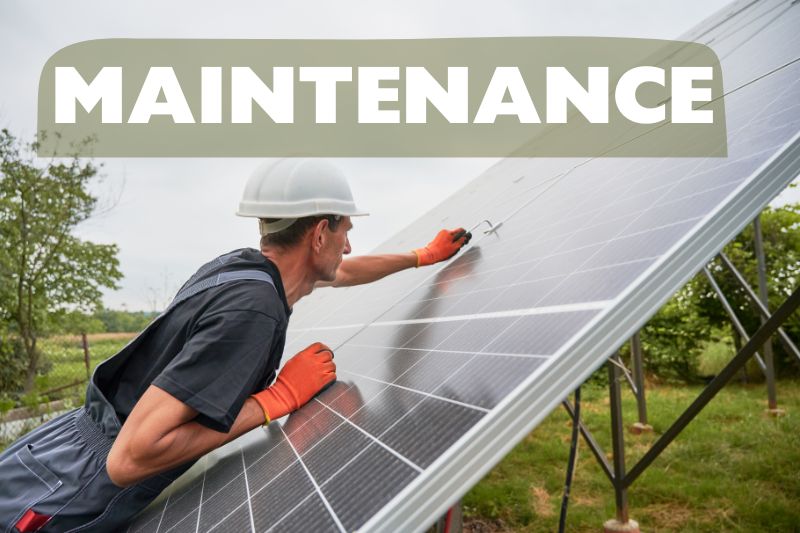
Maintenance for single glass modules is relatively straightforward, but they may require more frequent inspections to ensure no microcracks or damage are affecting performance.
- Inspection Frequency: Maintenance for single glass modules is relatively straightforward, but they may require more frequent inspections to ensure no microcracks or damage are affecting performance.
- Cleaning: Regular cleaning to remove dust, dirt, and debris is necessary to maintain optimal performance. In some cases, anti-reflective coatings are applied to reduce the need for frequent cleaning.
Double glass modules require less maintenance due to their robust design. The dual glass layers offer better protection against potential damage, reducing the need for frequent inspections and repairs.
- Reduced Maintenance Needs: Double glass modules require less maintenance due to their robust design. The dual glass layers offer better protection against potential damage, reducing the need for frequent inspections and repairs.
- Long-term Reliability: The enhanced durability and resistance to environmental stressors contribute to lower maintenance costs over the module’s lifespan.
Thermal Performance
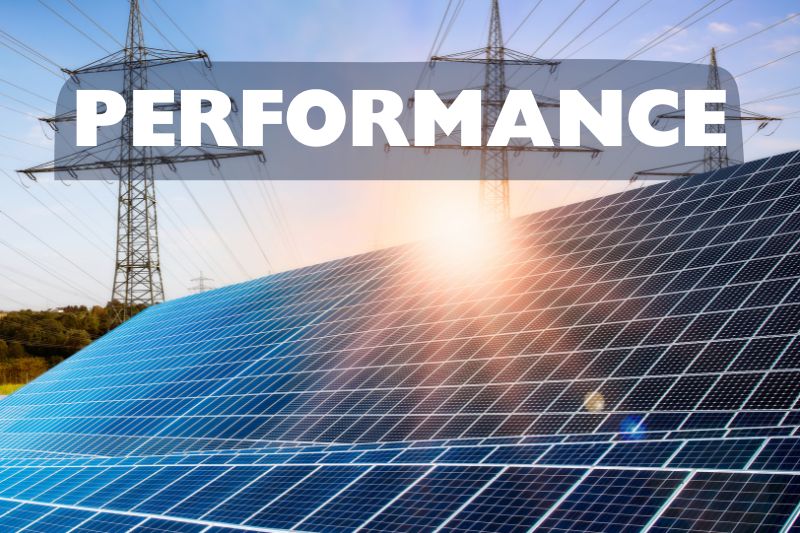
Thermal performance in single glass modules can be more prone to thermal stress, which can affect performance over time. The single layer of glass may not offer as much protection against temperature fluctuations.
Double glass modules have better thermal performance. The two layers of glass provide superior insulation, reducing thermal stress and enhancing the module’s ability to operate efficiently in varying temperatures.
PID (Potential Induced Degradation)
| Feature | Single Glass Solar Modules | Double Glass Solar Modules |
|---|---|---|
| PID Susceptibility | Higher susceptibility to PID due to high voltage stress | Lower risk of PID due to better encapsulation |
| Performance Degradation | Performance degrades over time due to PID | Enhanced longevity and reliability with reduced PID risk |
| Mitigation Measures | Mitigation measures can be implemented but risk remains higher | Superior protection reduces the need for mitigation measures |
Bifacial Capability
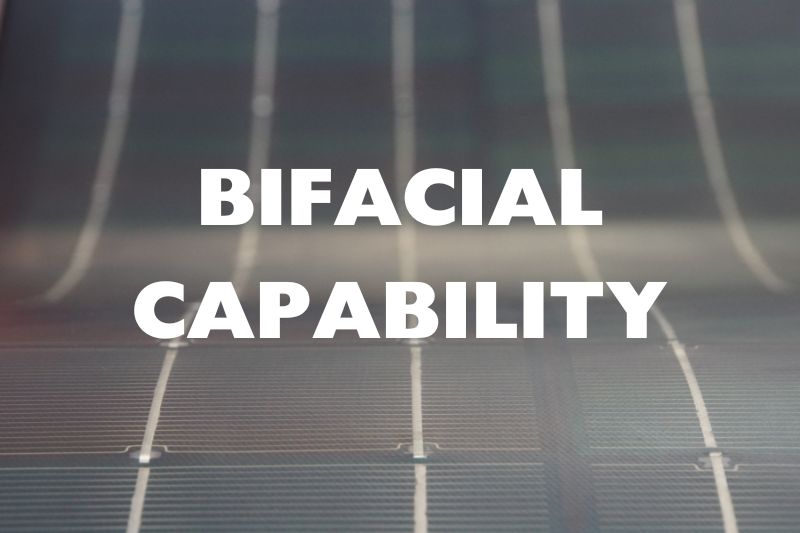
Single Glass Solar Modules: Single glass modules are typically monofacial, capturing sunlight only from the front side. This limits their energy production to direct sunlight exposure.
Double Glass Solar Modules: Double glass modules can be bifacial, capturing sunlight from both the front and rear sides. This capability allows them to harness reflected and diffused light, increasing overall energy generation, especially in environments with high albedo.

